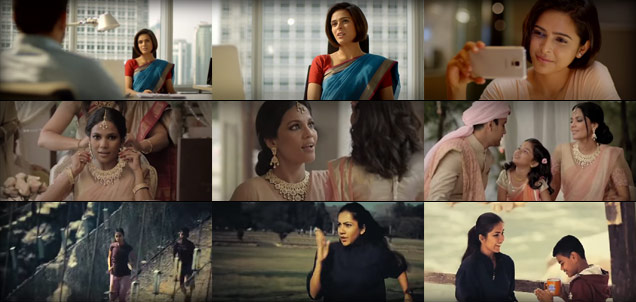The India division of the International Advertising Association (IAA) recently organized a conference on gender sensitization in media, spanning everything from a 30-second TV commercial to a 3-hour film.
Industry experts such as Santosh Desai, MD, Futurebrands Consulting; Prasun Basu, Head of Growth and Digital Transformation – Kantar; and Dr A L Sharada, Director, Population First spoke on topics such as ‘Why advertising must catch up with culture?’, ‘Gender portrayal in advertising,’ and ‘Moving the needle’ to discuss the portrayal of women in advertising.
Desai discussed the cultural context and the transformations in women’s roles, notably in mainstream India. He spoke about women from very small pockets of change, as well as from heartland India.
Desai stated that there is a good trend in the depiction of women in advertising that has to be recognized. He went on to remark that there is a broad feeling in advertising that it fails to represent the enormity of change.
He also mentioned that most women’s tales are about overcoming hurdles, which is good and fair, but there needs to be some weightlessness and ease in how women are shown. “There is irritation with advertising that aims to empower but usually exaggerates what is wrong.”
Basu stated that advertising has a significant influence on today’s society. It goes beyond merely promoting companies; though it was created to do so, we have learned and realized through time that it also fosters values and cultures.
He also said that advertising has long been regarded as a tool for change beyond only brand promotion and that this is the beneficial influence that advertising can have on society.
He described it as “a compelling commercial argument for marketers to adopt the strategy of mainstreaming good gender image.”
“Advertising targeting women discuss women’s objectives and attempt to present a new type of new woman in the ads, therefore the ads are far more gender sensitive than those targeting males.”
Dr. Sharada finished the talk by remarking on “when we start perceiving equal” and “when we display equally.” “First, we should learn to perceive the world around us through a gender lens, and if we are capable of seeing or learning to see the world through a gender lens while keeping those four or five factors in mind, then the communication that you generate will be gender sensitive as well.”
Follow and connect with us on Facebook, LinkedIn & Twitter

